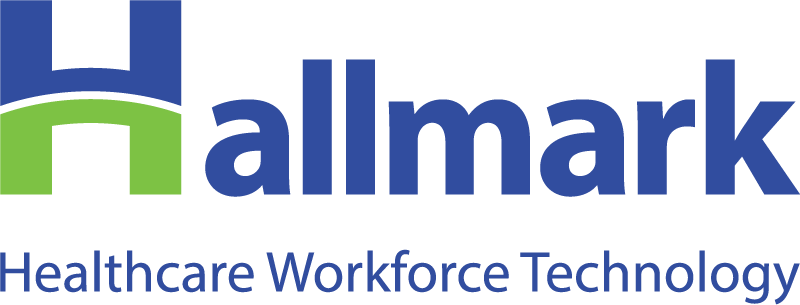How Heisenberg II Creates 23x ROI (or more) for Physician Compensation System Users
Few healthcare organizations think about provider compensation systems in terms of return on investment (ROI). For example, when compensation management rests on laborious, spreadsheet-driven processes, most organizations see the function as more about executing transactions and less about creating bottom-line value. As a result, many don’t understand just how valuable the provider compensation function can be when they adopt powerful modern tools to administer it.
Dedicated provider compensation systems can unlock incredible – and measurable – value. With the deployment of Heisenberg II Provider Compensation, we estimate that a healthcare organization with 1,402 providers* could potentially save up to $18 million annually, achieving ROI rates somewhere between 23x and 54x, depending on the size of the organization.
Achieving 23x-54x ROI is not something any spreadsheet-based process can come even close to achieving. Returns that high require three key mechanisms that are unique to dedicated provider compensation technology:
1: Calculation Accuracy
Overpayments to providers should not be viewed as just the cost of doing business. They are an unnecessary drain on profitability, given that spreadsheet-based approaches to compensation management are prone to human data entry errors that often result in overpaying providers, which translates to financial loss for the organization.
“With comp models, there’s just a million things that can impact [accuracy],” says Karen Donahue, VP Operations and Finance, NCI and Physician Services at Norton Healthcare. She describes how changes to a provider’s compensation (like adding a medical directorship) must be diligently updated in all the necessary physician compensation systems. If that process is manual, she says, it’s vulnerable to human error. “If you don’t get all that information loaded appropriately, you cannot get them paid correctly.”
In fact, Donahue’s organization adopted Heisenberg II Provider Compensation in part to strengthen the accuracy of the physician compensation process since the Heisenberg II platform automates compensation calculations and adjudication: “In Heisenberg, you’re just good to go.”
Her experience seems to be typical of Heisenberg II Provider Compensation users. Based on internal data, we estimate an average reduction in compensation calculation errors of 90% or greater for Heisenberg II users. That can yield massive value. If a typical 1,000-provider health system manages $273,437,000 in total annual provider compensation, a 90% improvement in payment accuracy returns around $4.9 million in annual savings.
2: Provider Retention
Frustration and loss of confidence in administration are key drivers of provider turnover, costing upwards of $3 million annually at a typical 1,000-provider organization (at a 6-7% turnover rate and estimated $500,000 cost of turnover).
The compensation function plays a key role here. Enhanced transparency and access to meaningful provider compensation data strengthen provider confidence, which in turn improves trust, engagement, and overall satisfaction – the primary drivers of provider retention. “Being paid correctly is something that people count on. It’s credibility. You need to ensure that your providers are paid appropriately,” says Donahue.
With Heisenberg II, we estimate a 20-30% improvement in turnover rate. At the numbers noted above, a typical 1,000-provider organization would see between $6 million and $10 million in annual recruitment/replacement cost savings.
3: Staff Efficiency
Organizations can better utilize staff for higher priority and more value-generating work if they spend less time on rote compensation tasks. To that end, physician compensation systems like Heisenberg II Provider Compensation are designed to automate rudimentary and laborious functions like:
- Data ETL (extract, transfer/data scrubbing, load)
- Reconciliation Calculations and Model Management
- Compensation Validation and Contracts and Payroll
- Compensation Reporting and Dashboard Management
“I could make a guess that getting rid of manual data entry has to be a 20-30% time saver at least, and maybe even more,” says the director of physician contracting at one Idaho-based health system. His organization implemented Heisenberg II Provider Compensation after a period of rapid growth made it harder to manage compensation accurately, efficiently, and transparently. The director found that the technology freed his staff: “It’s allowed more time for analysts to work on more meaningful tasks because they are not entering RVUs into a spreadsheet and making sure all their formulas are accurate and tying to the correct cells.”
Aarika Cofer, Vice President of Heisenberg II at Hallmark, agrees. Before joining Hallmark, she helped lead the compensation function at a large Texas physician group that implemented Heisenberg II Provider Compensation. “All that data we had been entering ourselves started interfacing directly into the system, cutting down manual data entry by at least 75%,” Cofer told us earlier this year in a conversation about how to make provider compensation teams more effective. “That meant we could reallocate our staff from data management to more strategic work, and the result was extremely positive.”
What would your group’s savings and ROI with physician compensation systems look like?
Your situation will be unique to you, based on factors like (1) how many staff you devote to administering compensation, (2) how many providers you employ, and (3) your own accuracy rates. To receive a detailed ROI assessment specific to your organization, contact us.
* A provider count of 1,402 represents the average among current users of Heisenberg II Provider Compensation.
